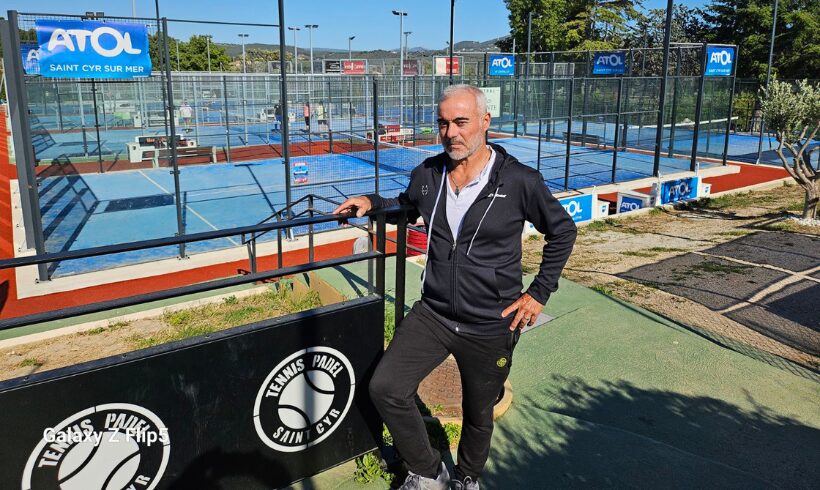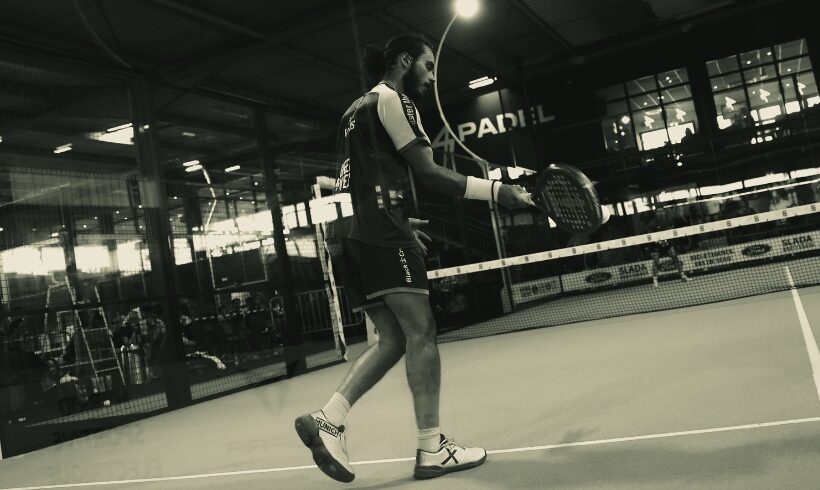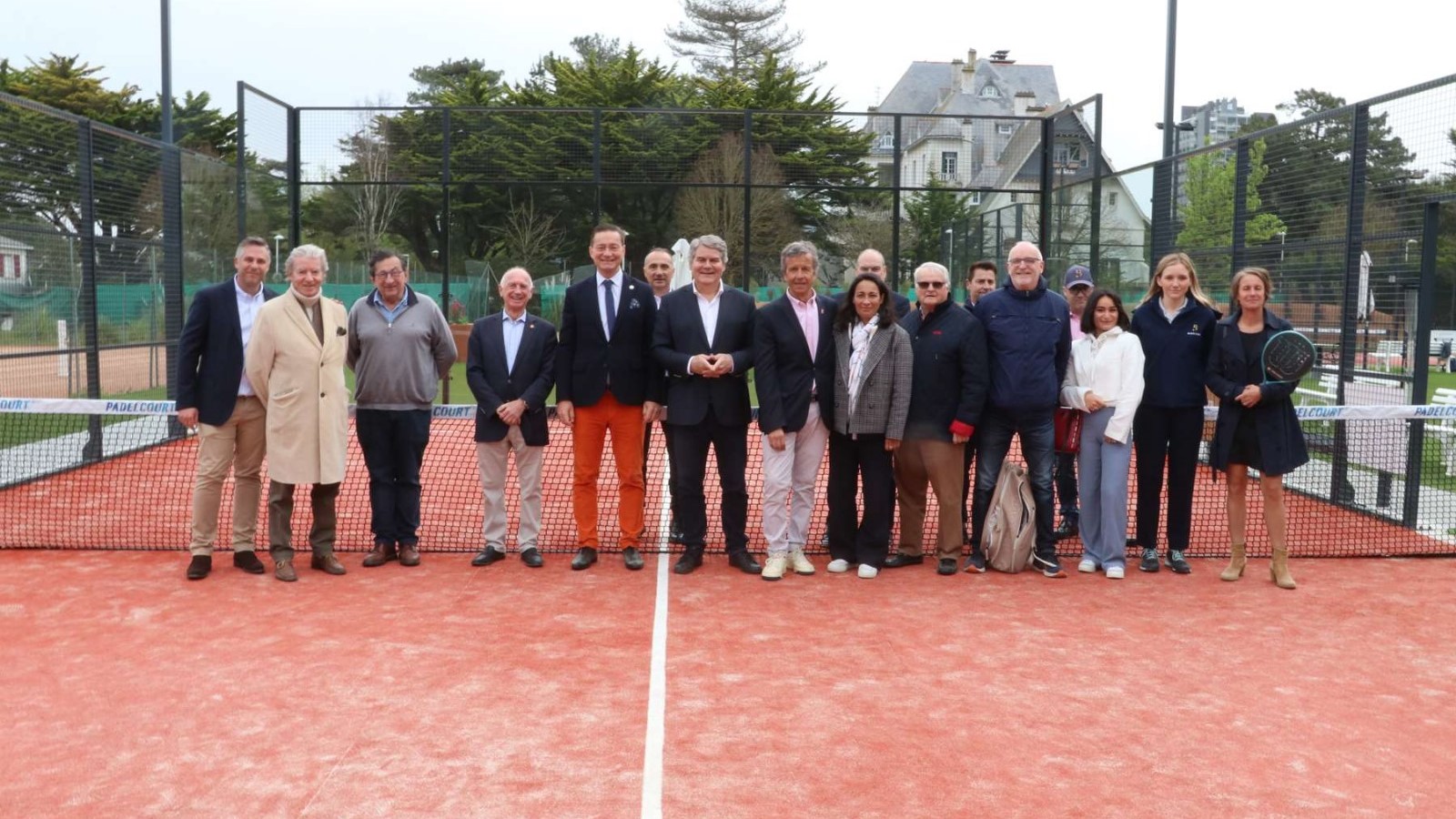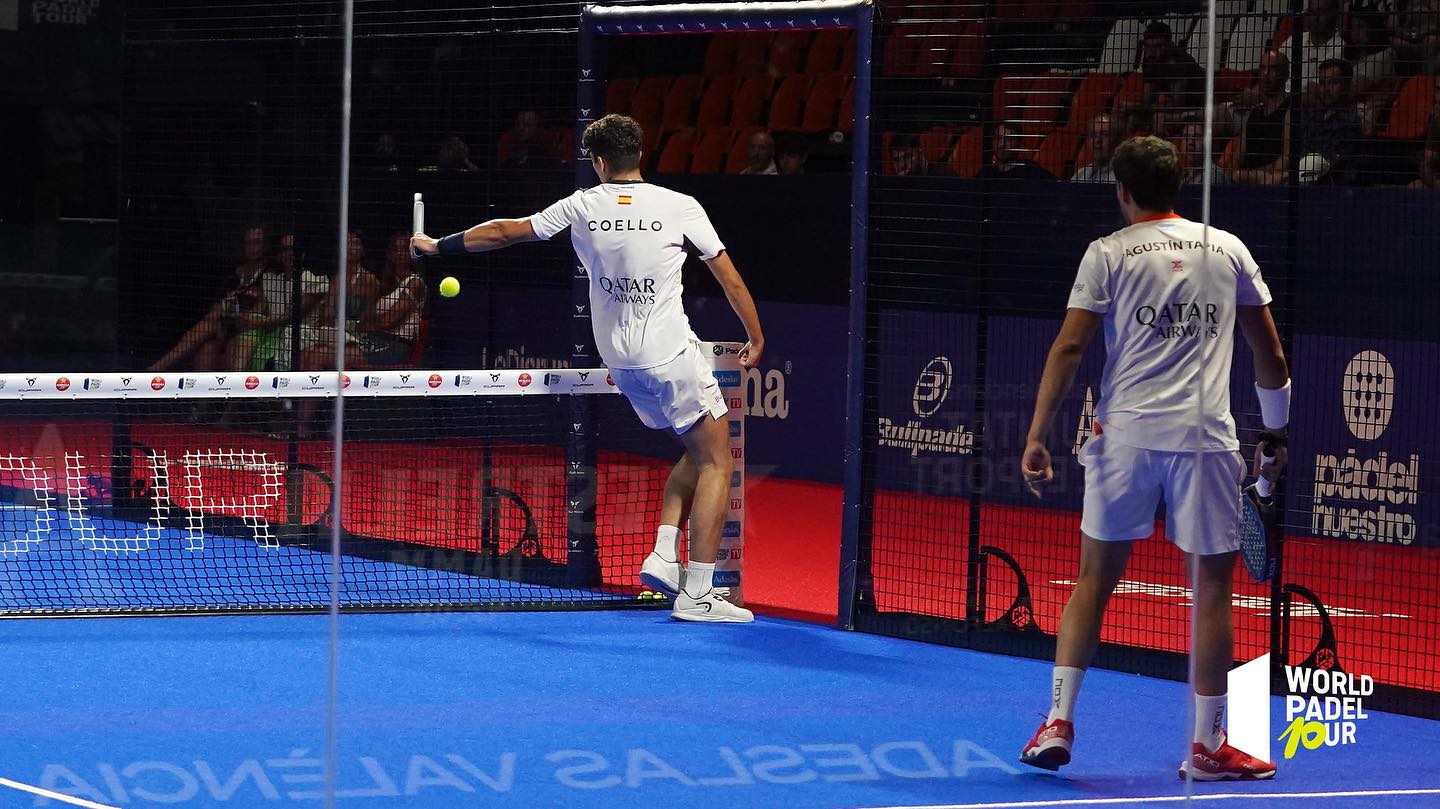The broadcast of tennis occurred in the 1960 and 1970 years. It has been widely supported by the public authorities who have given the clubs a lot of help. Certainly the most important help in the history of tennis. The awarding of grants allows the federation to control the actions of clubs and significantly strengthens its power.
As a result, these helpers push club leaders to upgrade their playing field and transform their introductory classes into a federation-sanctioned tennis school. In addition, it also allows them to renovate their facilities, train federal educators and create official tournaments.
Gradually, the FFT stands out as the national governing body through the membership of club leaders. After the Second World War in 1945, the spread of physical activity is not just about tennis. Other sports such as football, skiing or judo are experiencing a sharp increase in the number of licensees. According to the statistics of the Ministry of Sports everything suggests that the sport has experienced a significant increase in its workforce in the second half of the twentieth century, especially in the 1970 years.
According to the report of INSEE, what changes especially is that the French are more assiduous in the frequency of the practice of physical activities and they are more numerous to register in club. But they are not much more involved in sports. A strong progression of the tennis appears in the affiliated clubs, that it is in the number of members or in the level of their frequency of practice.
What is important to note is that tennis no longer only concerns the well-to-do social classes: it does not yet touch the popular classes but it is opening up more and more to the middle classes. According to the study by Pascal Garrigues, the distribution of tennis in 1967 amounts to 20,2% for "managers and liberal professions", 5,8% for "intermediate professions", 2,3% for "employees" and 1 % for "workers". In 1974-75 the circulation of tennis amounts to 25,7% for "managers and liberal professions", 11,7% for "intermediate professions", 5,8% for "employees" and 1,5% for "workers" . And in 1983-84 it amounts to 20,4% for "bosses, managers and liberal professions", 14,7% for
"Intermediate occupations", 6,6% for "employees" and 4,4% for blue-collar workers. Despite the progress of popular tennis practitioners, the gap between higher and lower class practitioners is still too great. These statistics do not allow us to affirm that there has been a democratization of tennis.
In the 1970 years tennis has seen a sharp increase in the number of licensees and the number of clubs. These results can be explained in particular by the distinctive power of a classification and by the subsidies received by the new founding directors. This is also explained by the aid granted by the FFT only to the clubs benefiting from the approval. In fact the central body also manages to force them to join. This affiliation makes it possible to standardize the rules of the game on the national territory, ie the height of the net, the dimensions of the field and how to count the points, etc. Tennis evolves and passes in different ways to play a total standardization on the national territory.
It is a tennis court where the federal ranking system is recognized in all regions and where it is difficult to obtain one, as the number of licensees and competitors increases. In 1974, only 2% of the licensees are classified then in 1984 12,4%. But the continued growth in the number of licensees and classifieds now makes obtaining a banal ranking. Between 1970 and 1980 the number of licensees goes from 167000 to 801000. In 1982 the federation passes the million mark with 1056000 licensed. The increase in the number of classifieds is also impressive: 5000 in 1970, 48508 in 1980 and 100000 in 1982.
Graduated from a Masters in sports management and passionate about tennis, I carried out a study on the development of women's tennis. Practicing this sport for twenty years and today manager of my club (TC Morlaàs in the Pyrénées-Atlantiques), I am always on the lookout for new ideas aimed at improving the practice environment for members. I am therefore delighted to be able to share this work.




































































































 Simon Boissé: “We know that there are two nations in front of us”
Simon Boissé: “We know that there are two nations in front of us” Video – When Zeus Sanchez reframes the Allemandi / Pereyra pair
Video – When Zeus Sanchez reframes the Allemandi / Pereyra pair Team PAX (Domingo / Xari) returns to victory
Team PAX (Domingo / Xari) returns to victory Marie Maligo: “This period of frequent changes of partners was beneficial for me”
Marie Maligo: “This period of frequent changes of partners was beneficial for me” Alain Idier: “Adding tracks of padel, without sacrificing tennis”
Alain Idier: “Adding tracks of padel, without sacrificing tennis” Manuel Vives: “It’s extremely difficult to get by financially”
Manuel Vives: “It’s extremely difficult to get by financially” P1000 Bourg-Lès-Valence – Justin Lopes and François Authier establish themselves as bosses
P1000 Bourg-Lès-Valence – Justin Lopes and François Authier establish themselves as bosses Alex Ruiz: “Finding joy again with Momo”
Alex Ruiz: “Finding joy again with Momo” Nerone: “Tolito is not a normal player”
Nerone: “Tolito is not a normal player” P2 Brussels – Like a new school year!
P2 Brussels – Like a new school year! Premier Padel Brussels P2 – Thomas Leygue and Fran Ramirez Navas stopped in the first round
Premier Padel Brussels P2 – Thomas Leygue and Fran Ramirez Navas stopped in the first round Play at padel on his yacht? Possible for €233.000!
Play at padel on his yacht? Possible for €233.000! TOP Padel : “A premium club with 10 slopes in Toulouse”
TOP Padel : “A premium club with 10 slopes in Toulouse” The padel of the Barrière Country Club are born in La Baule
The padel of the Barrière Country Club are born in La Baule Why clubs padel do they close?
Why clubs padel do they close? The basic tactics of padel
The basic tactics of padel A par 4 is always a winner...even if you manage to defend it!
A par 4 is always a winner...even if you manage to defend it! Carbon fiber VS fiberglass: what to choose?
Carbon fiber VS fiberglass: what to choose? How to effectively test a racket padel ?
How to effectively test a racket padel ? At the heart of padel – Episode 23: defend the window well
At the heart of padel – Episode 23: defend the window well Prohibition on playing topless Padel : the reasons
Prohibition on playing topless Padel : the reasons What is the difference between a dormilona, a dejada and a cushioned puerta?
What is the difference between a dormilona, a dejada and a cushioned puerta? FIP Tour – Going far from Europe, THE strategy to earn points!
FIP Tour – Going far from Europe, THE strategy to earn points! What is a good football player? padel ?
What is a good football player? padel ? “Lefties give me headaches when I play against them!”
“Lefties give me headaches when I play against them!” At the heart of padel – Episode 14: how to earn points in winter?
At the heart of padel – Episode 14: how to earn points in winter? La padel to fight Parkinson's disease
La padel to fight Parkinson's disease Don't play with a cracked or broken racket, your body will thank you!
Don't play with a cracked or broken racket, your body will thank you! Michel Cymes: “The padel, physically, it’s serious!”
Michel Cymes: “The padel, physically, it’s serious!” Jeremy Gala: “Promote the padel among young people in Belgium remains a challenge”
Jeremy Gala: “Promote the padel among young people in Belgium remains a challenge” The French Touch Academy organizes its selection day Padel-Study
The French Touch Academy organizes its selection day Padel-Study Report on the detection and training of younger generations
Report on the detection and training of younger generations Player's adult courses from April 8 to 21, 2024!
Player's adult courses from April 8 to 21, 2024!